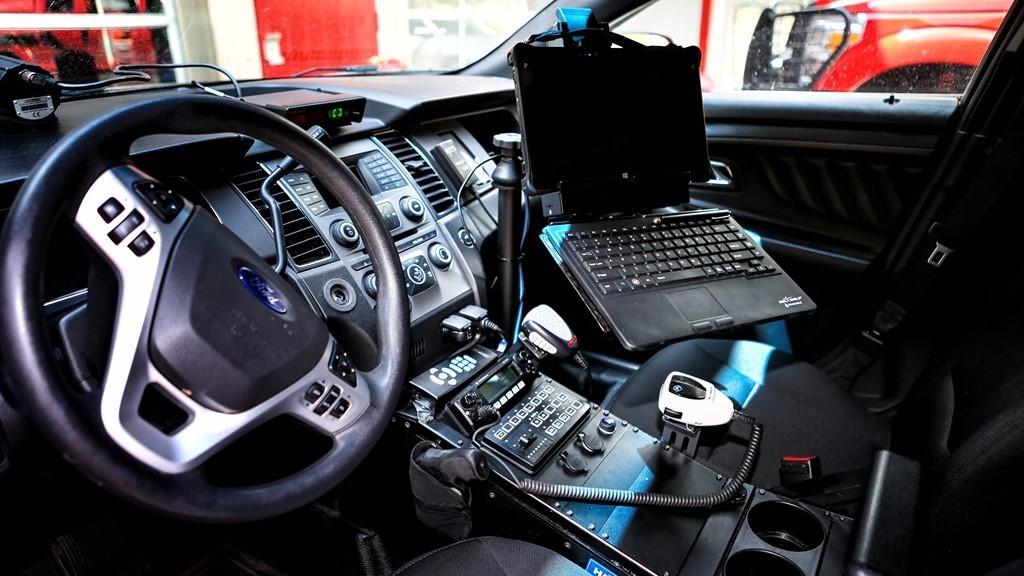The integration of advanced technology into legal processes is changing how law firms approach various types of cases. Steve Mehr, co-founder of Sweet James Accident Attorneys, recognizes the growing influence of predictive policing technology on personal injury law. As this technology evolves, it is transforming how accidents are prevented and how liability is assessed, impacting personal injury cases in unexpected ways.
How Predictive Policing Works
Predictive policing utilizes vast amounts of data—historical crime reports, geographical patterns, weather conditions, and even social media activity—to predict when and where crimes or accidents are more likely to occur. These insights can then be used by law enforcement to allocate resources efficiently and potentially prevent incidents before they happen. While initially designed for law enforcement, predictive technology has expanded into accident prevention, directly influencing personal injury cases.
For example, data on high-risk intersections, frequent traffic violations, and pedestrian behavior can help authorities identify areas prone to accidents. By targeting these locations with preventive measures, the number of accidents could decrease, reducing personal injury claims related to those incidents. Steve Mehr of Sweet James notes that “AI is reshaping traditional legal practices by streamlining case management, handling extensive documents and improving communication. This results in better outcomes for our clients,” emphasizing the role of data-driven insights in modernizing legal processes. As predictive technology integrates further into personal injury law, it complements this innovative approach, enabling law firms to anticipate risks and support claims with data-backed evidence.
Impact on Liability in Personal Injury Cases
Liability is a critical aspect of personal injury cases. Determining fault in an accident is essential to establishing legal responsibility. Predictive policing technology could influence how liability is viewed, particularly in accident-related cases.
Imagine a scenario where predictive data flags a particular intersection as high-risk. If local authorities fail to implement preventive measures—such as adding traffic signals or increased patrols—and an accident occurs, questions of negligence may arise. Plaintiffs could argue that acting on available predictive data might have prevented the incident. This could shift liability onto government bodies or organizations responsible for public safety.
Additionally, predictive data can be used as evidence in court to support claims of negligence or failure to prevent foreseeable harm. If an area was flagged as dangerous and no action was taken, this information could strengthen a personal injury case by showing that the accident was predictable and preventable.
Accident Prevention and Predictive Policing
One of the most promising aspects of predictive policing in personal injury law is accident prevention. By using data to predict where accidents are likely to occur, authorities can take proactive measures to reduce risks.
For instance, predictive policing technology can identify traffic patterns and peak times when accidents are more frequent. In response, law enforcement can deploy officers or implement safety measures such as speed bumps or red-light cameras. These actions could lead to a reduction in accidents, particularly those involving pedestrians and cyclists, who are often the most vulnerable.
Although still in its early stages, predictive policing’s potential benefits in accident prevention are clear. By reducing accidents, lives can be saved, and the number of personal injury claims can decrease, easing the burden on the legal system.
Ethical Considerations and Challenges
Despite its advantages, predictive policing raises ethical concerns. Issues of privacy, data accuracy and algorithmic bias need to be addressed. Reliance on predictive technology in personal injury cases could prompt questions about fairness, particularly if the data used is incomplete or skewed.
Moreover, there are concerns about whether predictive policing might lead to over-policing or unfair targeting of specific communities. This could complicate personal injury cases, where the reliability of predictive data could be called into question.
Predictive policing has the potential to significantly impact personal injury cases, especially in accident prevention and liability assessment. By using data-driven insights, authorities can identify high-risk areas and take steps to prevent accidents. As technology continues to evolve, firms are leveraging these advancements to deliver better outcomes for their clients. However, it’s essential to address the ethical challenges that accompany predictive technology to ensure its fair application in personal injury law.




